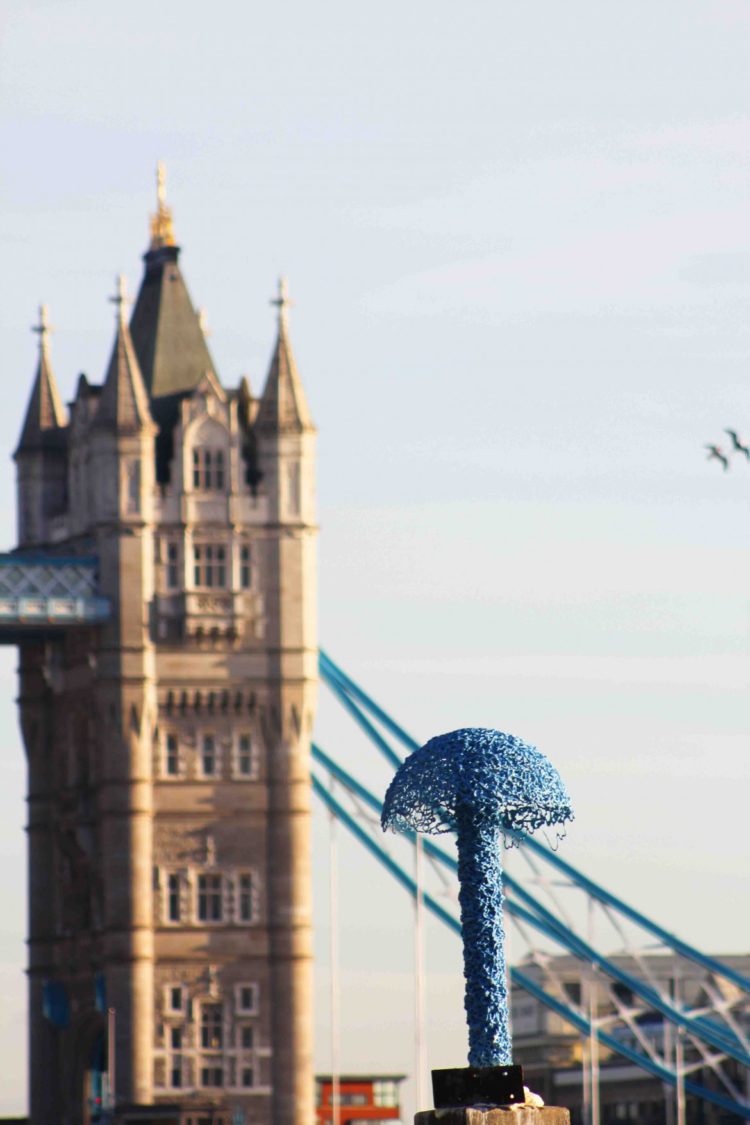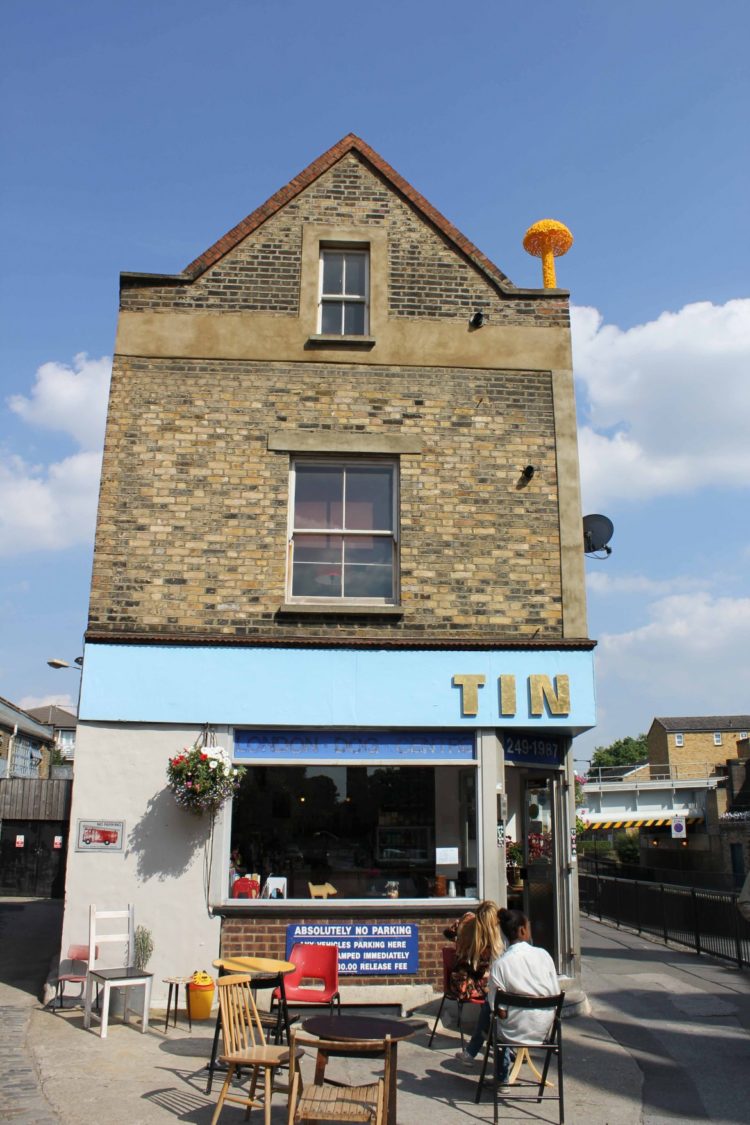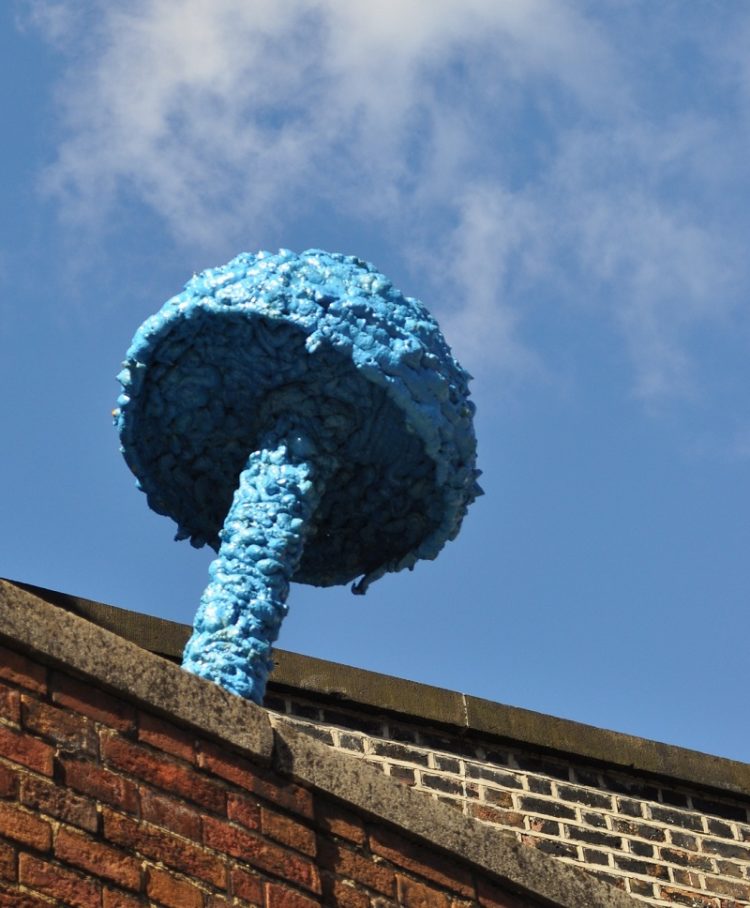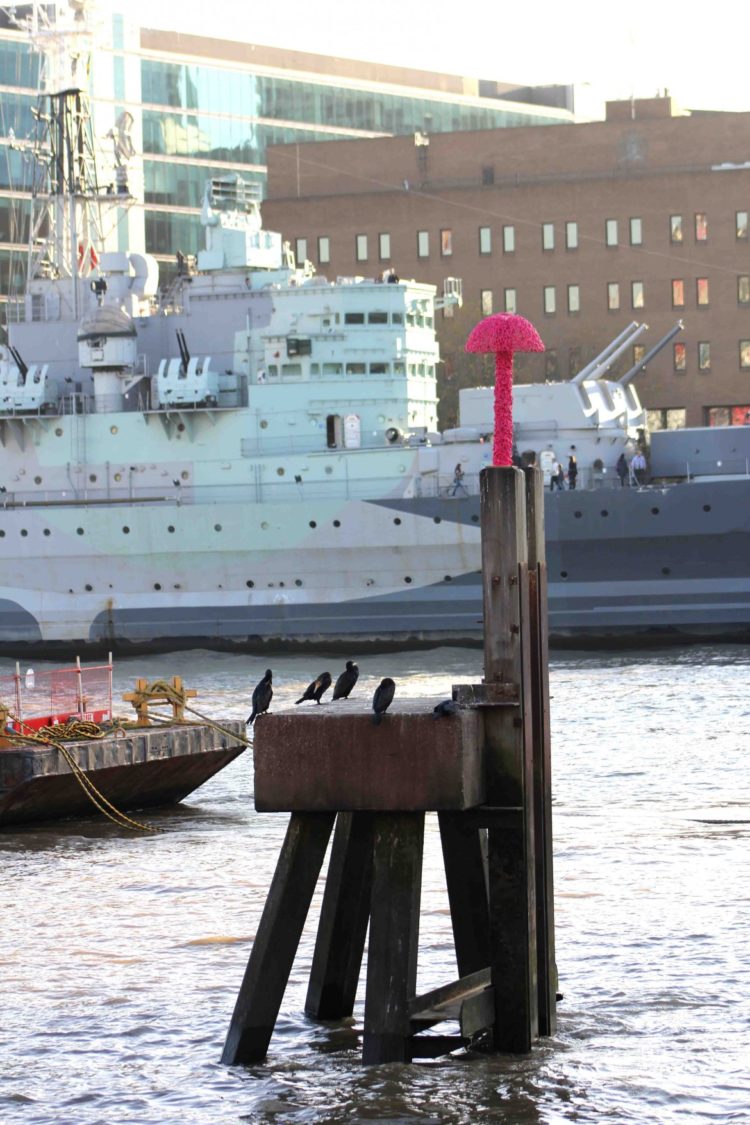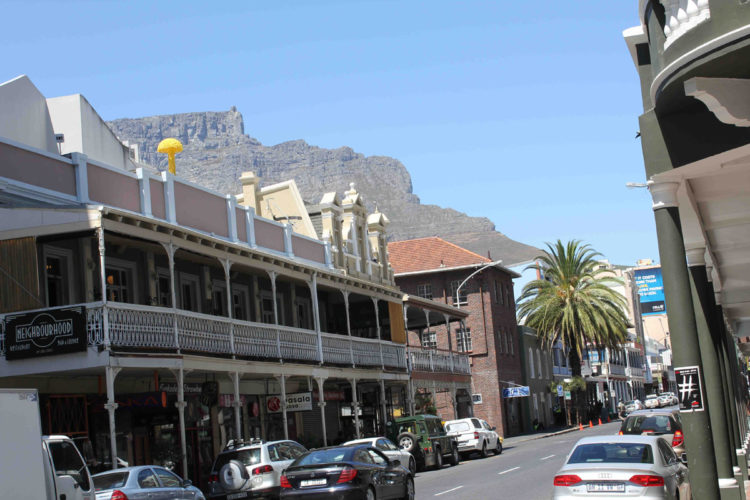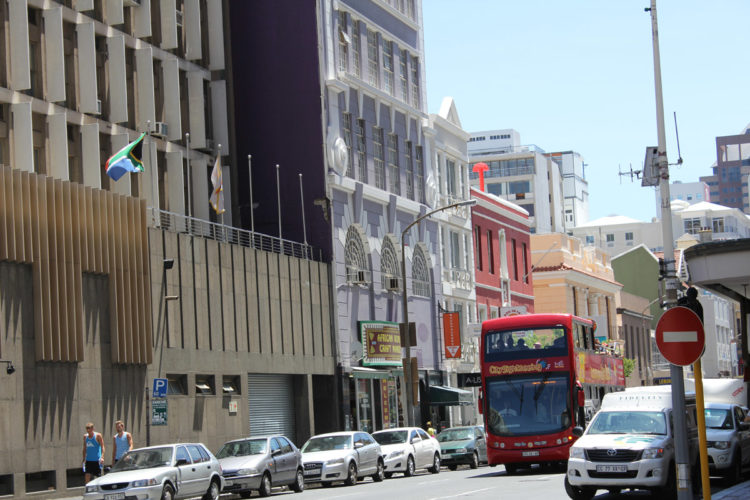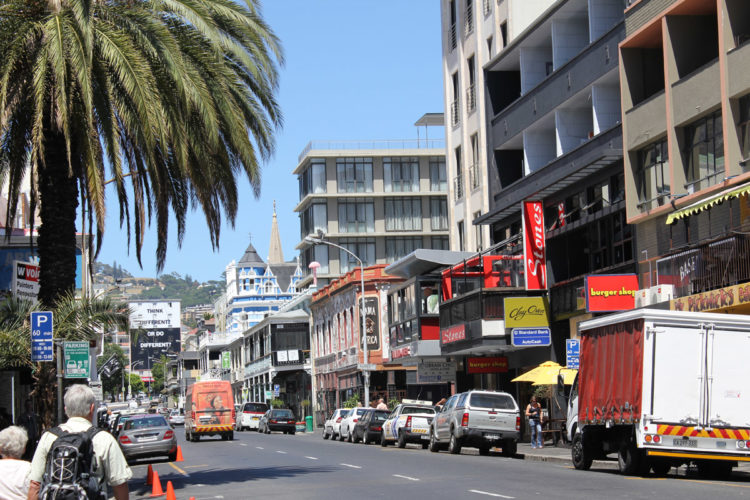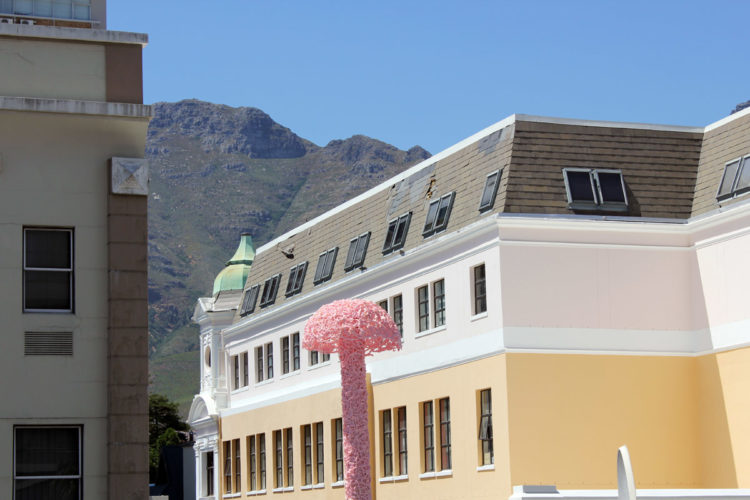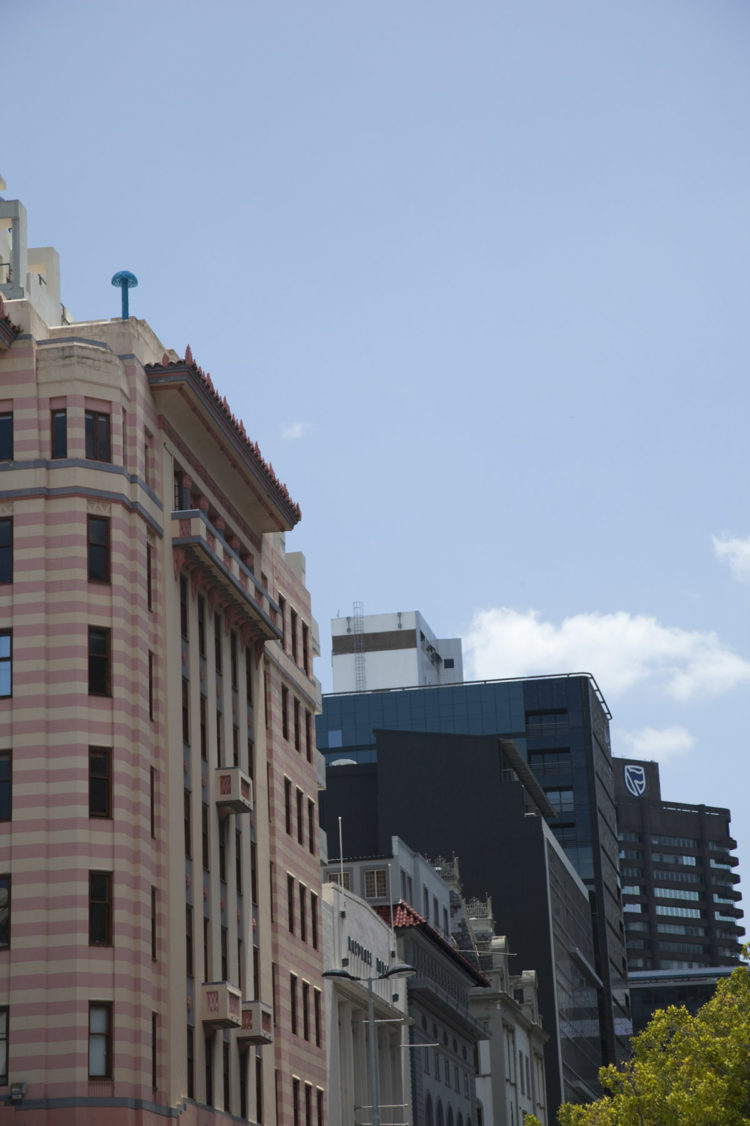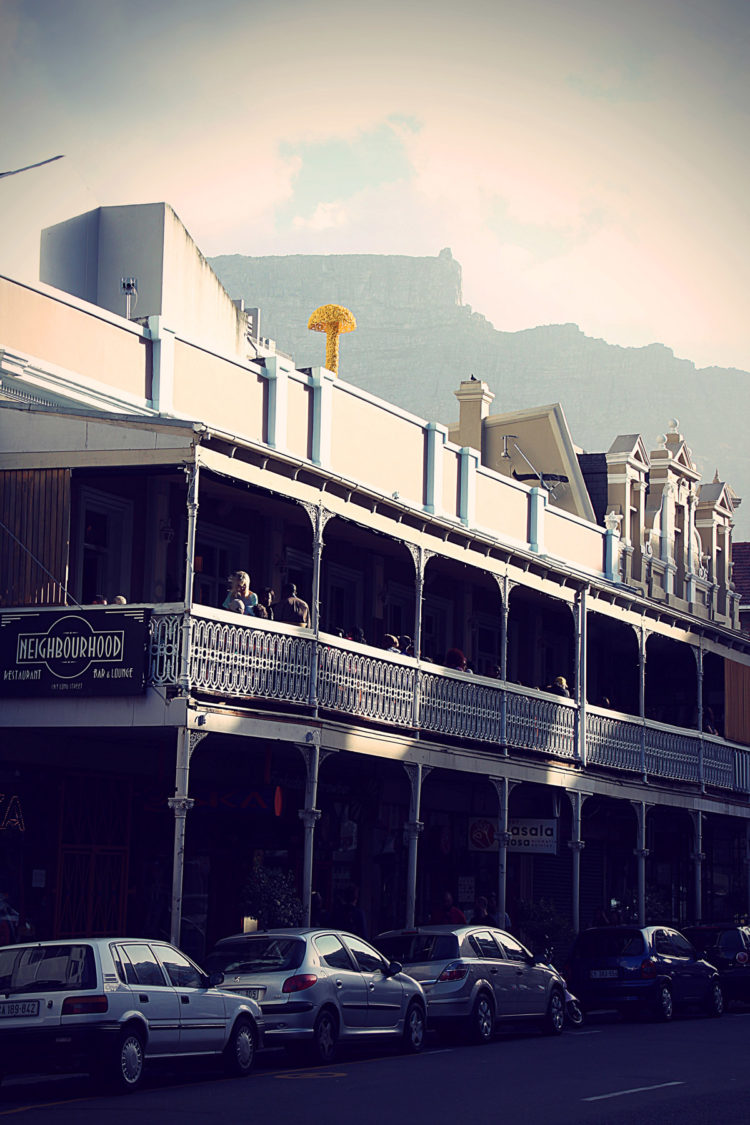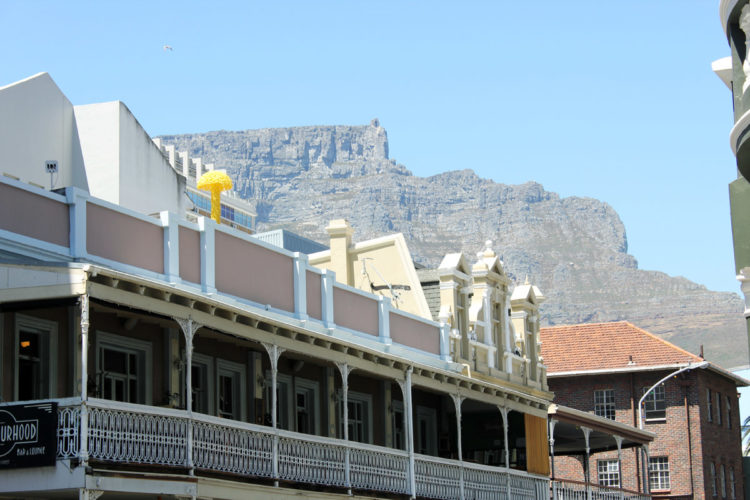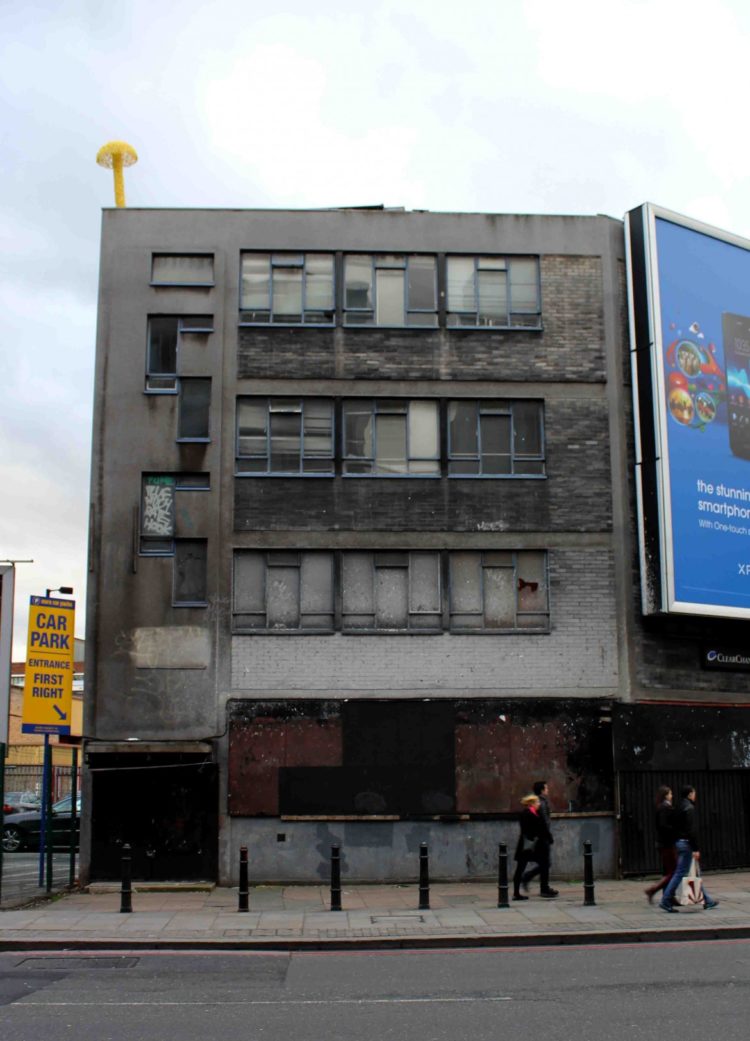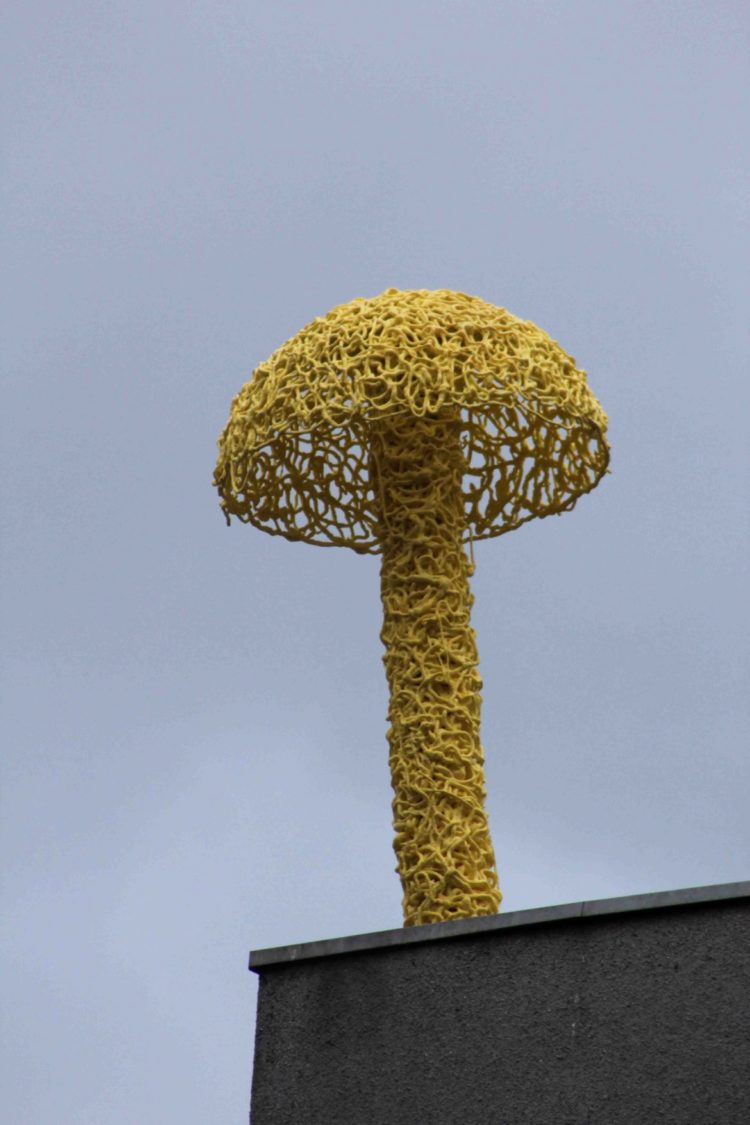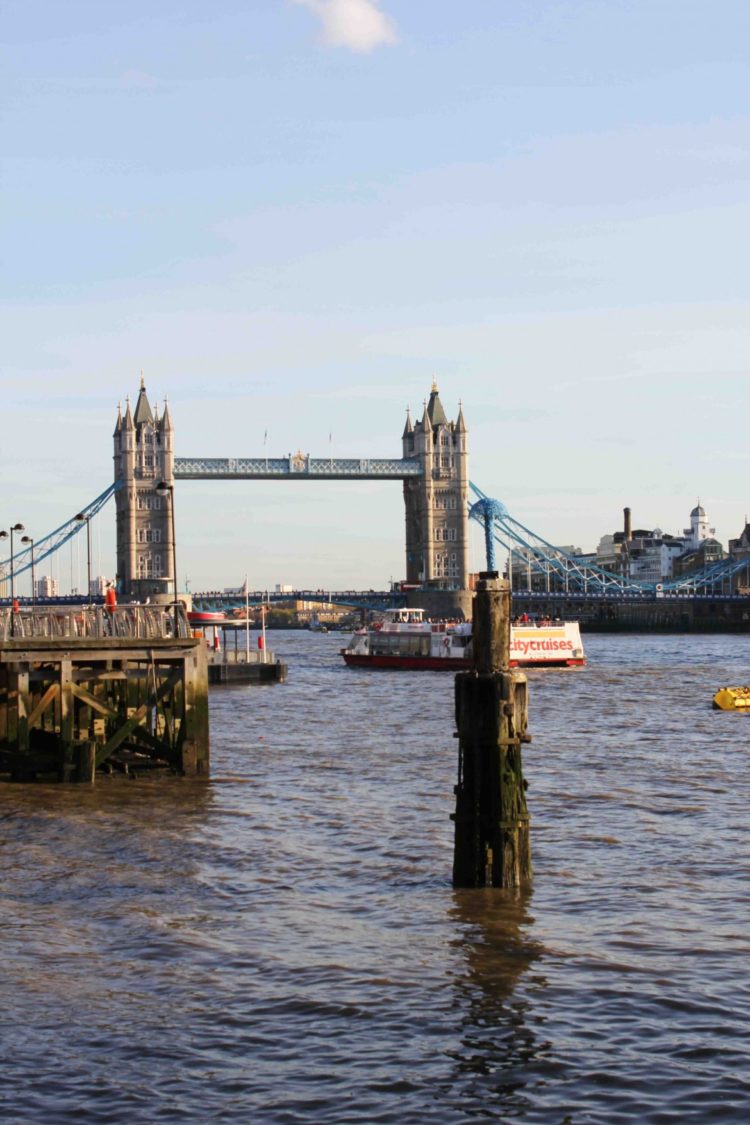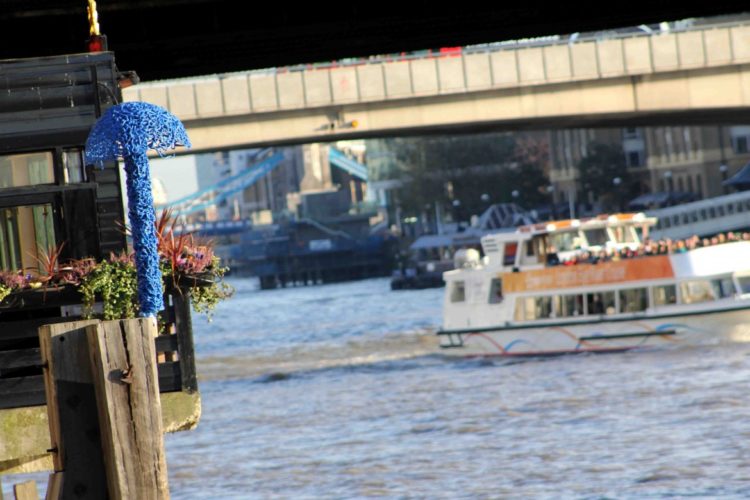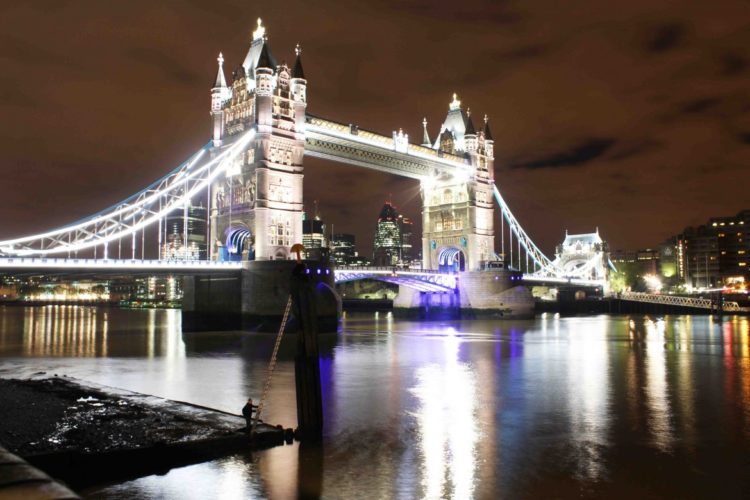You may not have heard of his name but you may have seen his ‘shrooms: Christiaan Nagel is a South African street artist whose work is sporing up in some of the world’s biggest cities. His polyurethane mushroom sculptures range from 7-metres mega to display-on-your-shelf mini and can be seen in London, New York, Barcelona, Berlin and Cape Town. Look up in any of these cities and you might just think you’re hallucinating. We talked to Christiaan about how he makes his mushrooms and where he likes to put them.
Why did you decide to leave Durban to come to London?
I was invited to do an exhibition in London in 2007. Prior to the mushrooms, I was making paintings. I would make the canvases myself and spray them with car paint, in order to get a really glossy finish. It wasn’t intricate but it was abstract work and it was accessible. I sold a lot of that work and then I moved to London to try to build a career in the gallery scene. The goal was to pursue a career in art and music.
How do you combine your music and art careers?
I’m more of a professional artist and I haven’t published that many songs or music, but I really enjoy music, and the exercise, and I still spend time on music.
When you go to Berlin, for instance, how do you find the spots and the collaborators for your work?
Because I’m South African it’s terrible to travel with our passport, and it’s very difficult to get to Europe in general. I always have to apply for visas months in advance so, in the first two years, I did most of my work in London. In London, I was quite prolific. I bought pallets worth of expanding foam and I produced a lot of work in my ex-council flat in Hackney. When I got to Berlin a few people had already heard of my work with the mushrooms and I realised that it’s a lot more relaxed there. The buildings are much more derelict and, as a street artist, it’s easier to find a spot there. It’s a matter of just getting out on the street.
If you knew how many times I just came into a city and knocked on doors knowing that people lose concentration very quickly and I only had two seconds to convince them. I had to explain what I wanted to achieve and what their role would be in the process. I would always say, ‘Hi, my name is Christiaan. I’m a street artist, I make these mushrooms. Can I put one on your roof?’ And that line seemed to yield the best results and some people are quite open to the mushroom, because it’s a lightweight object.
How did you come up with the mushrooms and what symbolism do you attach to them?
At the time, I was in South Africa on holiday waiting for another visa to come back to the UK and I was just playing in the studio. I was making sculptures with all these various materials. I had never made sculptures, because I was a painter, and I got these balloons and I put fiberglass around them and it was horrible material to work with. And then, at the surfboard place where I bought the fiberglass, this guy also had polyurethane on his table. I thought to myself, what is this thing, and I put my fingers into it. He said: this is what we use inside the surfboards; it expands three times its size. I said, great I’d like 5 metres of each.
I took it back to the studio and poured it into a bowl and when it dried I had something. When I look back and think about it now, I call it a process of ‘imaginative play’, which is when you are just being playful. When you’re trying to solve a problem it’s possible to be playful, whether it’s art or finance or anything else. If you’re enjoying the exercise I think the product will be good because of intuition. So then it kind of became a metaphor for an idea that could happen in the right environment and ultimately it became a metaphor for street art. It just pops up overnight, just like mushrooms, and it’s slightly illegal. Some of them are legal, some of them are not.
When you look at your career as a street artist now, what are some of the highlights, some of the things that you remember feeling particularly excited about, in the way things came together?
With the mushrooms, I had absolutely no idea that I would do this as a vocation. I didn’t think I would make mushrooms and sell them as art. But then it made sense because they’re in polyurethane, and they’re light and they can’t hurt anyone. To be honest, I didn’t really know too much about this thing called street art before.
Growing up in South Africa I was secluded. We didn’t have graffiti, it was just a few delinquent guys who were sometimes druggies who were the kinds of people who did that kind of stuff. It certainly wasn’t done where I came from. And then I got to know about street art and I put on my first show in 2010 and people started saying, oh this is street art. And then I realised maybe this kind of ties a little bit into street art.
Now I do exhibitions and I put up paintings and I also have sculptures with these mushrooms and people go straight for the mushrooms. How much is that mushroom, they ask me. It’s the power of advertising and reproducing an image.
What are some of the issues you’ve encountered in showing your work?
My biggest issue is always getting permission. Generally, if you want to build public art you need to speak to councils and authorities. I prefer to do it on private property. It’s much quicker, so all I need is permission in the city from someone who owns a building. So I’m always looking for an area that I can build in, and I build it for free. So again, my biggest issue is finding spots. I’ve approached so many contractors in London, people who are acquiring building sites that seemed derelict, especially in Hackney where everything is being developed everywhere, and I find that it’s nearly impossible to find spots for the kind of work that I do, because we are actually the opposite of public art.
We’re not into the institutionalised idea where you have to suck up to people to create public art. For us, street artists, it just pops up. It’s the impulse of it all that is beautiful, and it’s also the surprise element that makes it great, rather than going down the public art route, which is quite boring. I don’t want to sit there and email copies of my CV.
How do you stay connected to Africa these days?
My family still live out in South Africa and I still go there quite often. I had my wedding there recently. I’m a big surfer. I grew up in the ocean, in and around my city, Durban on the east coast. But I also love the countryside. I love everything about Africa, but I didn’t see a future for myself in the specific industry that I chose. I thought, if you want to do art, you have to come to the centre, which happens to be London. But I still hold a South African passport and I will always go back there.
Is there an African that you really admire?
I would say Mmusi Maimane. He’s a politician, he’s the leader of the Democratic Alliance party in South Africa. He seems to be quite levelheaded, he is well-schooled, and he seems relatively fair. In South Africa our biggest issue right now is corruption. I see how GDP growth is directly correlated with corruption.

